How to Take Care of Indoor Succulents: A Detailed Guide
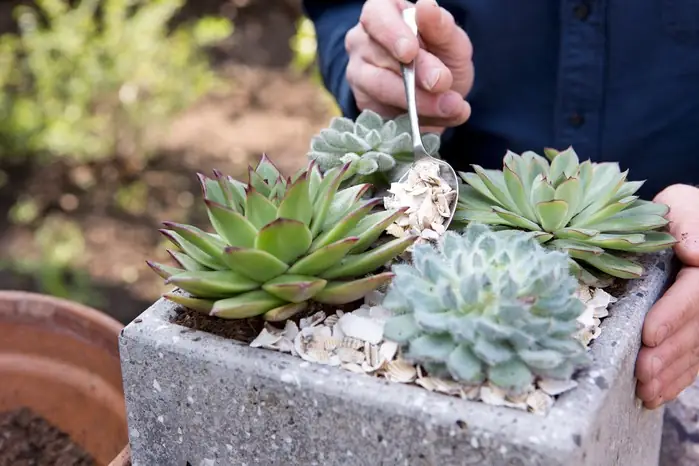
This article shares valuable tips on how to take care of indoor succulents, including cacti and numerous other types of plants. Succulents are beautiful and colorful small plants that naturally grow in dry conditions. They are bright and can have innumerable shapes and looks. What’s more, their small demands for water and nutrients make them a perfect choice for indoor growing.
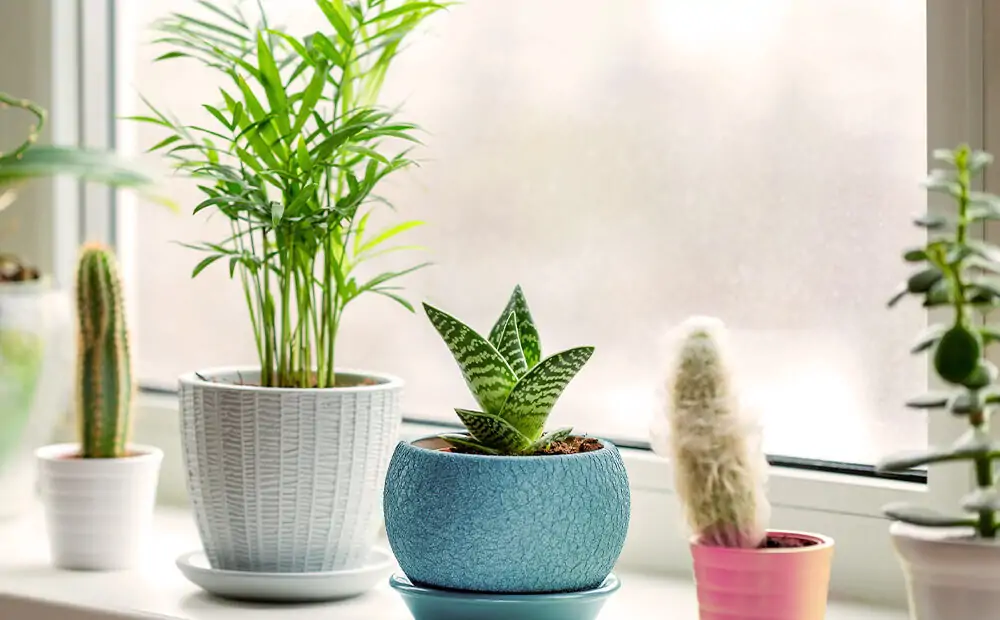
A lot of people agree that these plants are a sure way to add class to your decor. However, you need to know how to take care of indoor succulents because, despite being robust, they can also be quite fragile.
Probably, the best-known type of succulent plant is the Cacti family which are famous for their needles (or, scientifically speaking, areoles). Read on to find out how to take care of indoor cactus plants as well as numerous other types of succulents. Here are some essential tips to follow:
Provide Adequate Sunlight
Sunlight is essential for proper growth, and it ensures that plants stay healthy. Daily exposure to sunlight allows them to utilize nutrients in the soil. Hence, it is crucial to keep your beautiful plants near a window where they receive direct sunlight daily.
The good news is that only several hours of direct sunlight are enough for the succulents to grow and beautify your inner space. This is one reason why your beloved succulent is truly good for indoor decors. The rays of sunlight that shine through the window every morning are sufficient for these plants to grow and thrive.
Here’s a crucial step when learning how to care for succulents indoors — turn or rotate the plant occasionally so that all its parts can enjoy sunlight exposure. Once you ensure a constant and gentle supply of sunlight, you can rest assured of proper and colorful growth.
Use the Appropriate Watering Technique
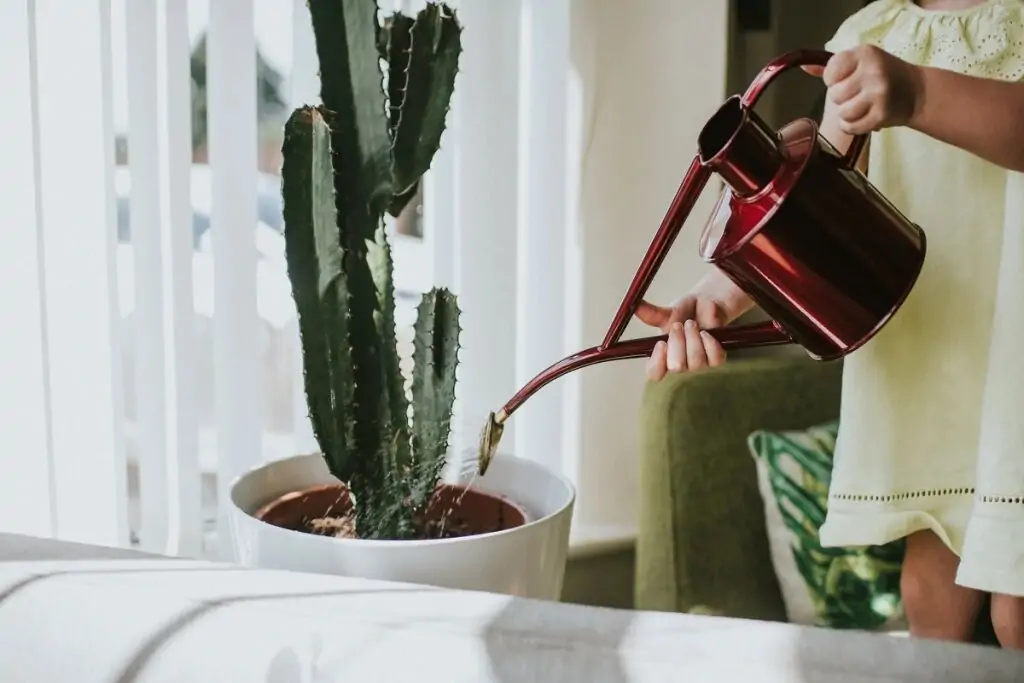
In their natural habitat, plants like cacti have an unusual relationship with water. These species evolved to thrive in conditions with little water supply. They are designed to store water within their stems; hence, too much water can negatively affect their growth.
It would be best to take your watering clue from their natural conditions. There are two points about how to take care of your indoor cactus and other types of succulents that your need to know really well:
Frequency of Watering
Your aim should be to replicate the succulent’s natural environment, which means watering should not be frequent. These plants prefer to have a dry-soil period between each episode of watering.
Watering once in two or three weeks, depending on the room conditions, is enough to keep the indoor cacti healthy. Frequent watering keeps the soil continually wet, aiding, among other things, bacteria growth. Thus, it is best to make the watering minimal.
Level of Watering
The watering level for your plant helps compensate for the low frequency of watering episodes. At each watering episode, it is best to water the soil thoroughly. Suppose your pot has a drainage hole; water the soil till water starts dripping off. What’s more, it’s best to allow the excess water to drip off for some minutes before putting the pot back in place.
If the pot does not have a drainage hole, water the soil gently to ensure saturation while preventing waterlogging. Additionally, pour water directly on the soil and not on the plant. The leaves should always remain dry to prevent the growth of various molds or bacteria on and within the stems.
Choose a Good Soil
You need to consider your soil type when learning how to properly care for succulents indoors. A vital tip for caring for indoor plants is to get soil types similar to their natural arid conditions. The soil should be lightweight with proper airflow and efficient drainage.
Humus soil mixed with sands or perlite is ideal. It ensures that the roots of the plant do not stay in contact with water for too long. Bacteria can affect their growth when the roots sit in the water longer than absolutely necessary.
Although your watering technique is essential, soil with good drainage and airflow ensures that the watering has the desired effect. Such soil types are really a must; be sure to buy and use them.
Apply Fertilizers Moderately
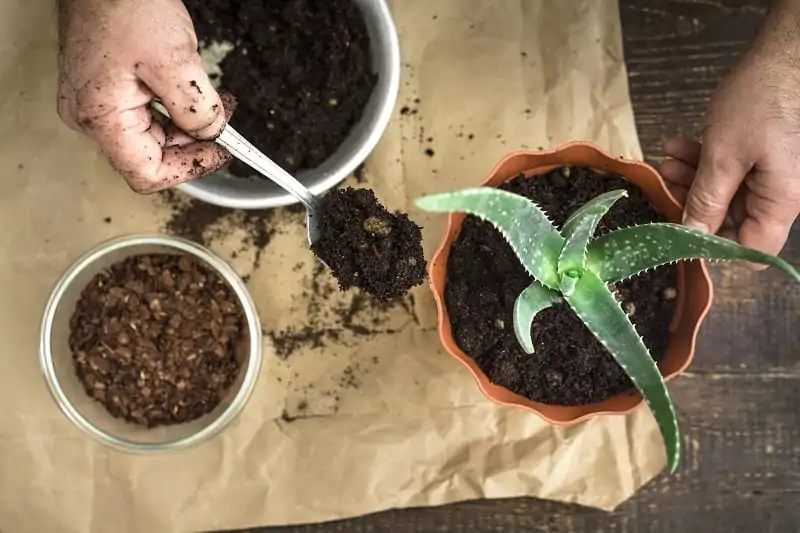
Succulent plants do not need much to grow and thrive; always remember this when considering fertilizer applications for your plants. What’s more, different types of plants have varying needs for fertilizers.
Irrespective of the species, fertilizer addition should be minimal. The best period for it is at the start of the growing season when the plants need lots of nutrients. Spring is generally the best time for fertilizer application, and you should do this only once a year.
Some types of succulents also have specific needs. For instance, a tip on how to take care of the Christmas cactus plant indoors is to apply cactus fertilizer once in two weeks during the budding season. The goal is to help the plant flower during the winter period.
For other types of cacti, winter is a period of slow growth, and adding fertilizer at this point is unnecessary. Generally speaking, your indoor plants can and will enjoy fertilizer’s rare boost with the proper application at the right time – Spring.
Provide Extra Care During Winter
Due to the change in environmental conditions that comes with winter, your plant care routine should also change accordingly. Some key details about this season affect how to take care of indoor succulent plants.
This season is often termed the ‘sleeping season’: your succulents go into a state of dormancy and need little care to survive. In their natural habitats, winter is often a period with reduced sunlight and increased humidity.
Here are some specific points to keep in mind during this season:
Improve Sunlight Exposure
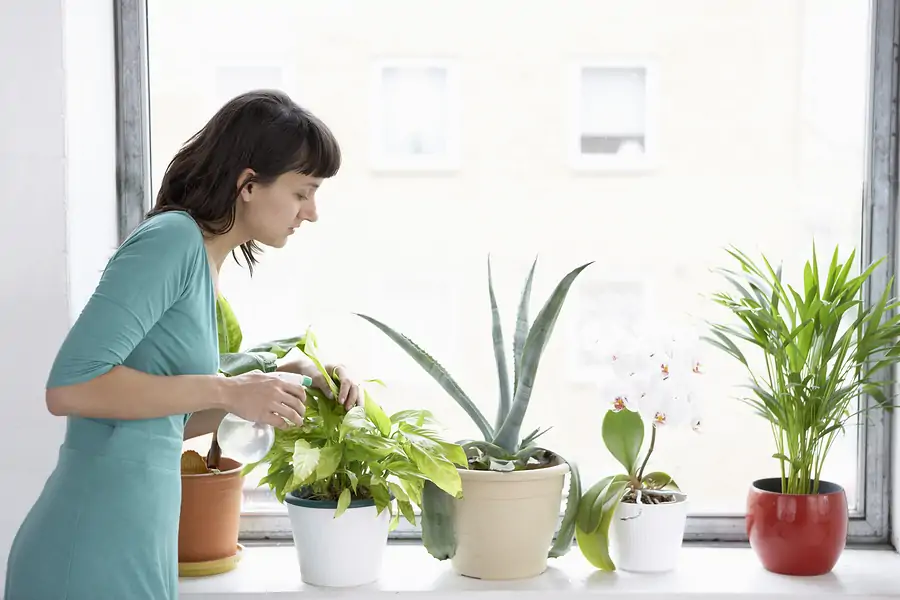
There is a reduced level of sunlight during this period; hence you should ensure that the plants get as many sun rays as possible.
Placing the succulent by the window is one way to achieve better sunlight exposure. Installing growth lights is another way to compensate for the reduced sunlight in winter. You can also take them out on warmer days to bask in the sun.
Reduce the Watering Level
Succulents’ roots should remain dry during the period of dormancy. For this reason, reduce the amount of water you provide. There is also less evaporation during this period: you should only water the soil once a month, and the soil should never be too wet.
Use Fertilizers Discreetly
As it was already said, adding fertilizers during dormancy is unnecessary. Water is enough to maintain the plant’s growth at this time. However, if your succulents are flowering during this period, then additional fertilizer application might help.
For instance, this period is important for the growth of Christmas cacti. Apply fertilizer at the start of budding to ensure continuous flowering during the festive season.
Propagate Your Succulents
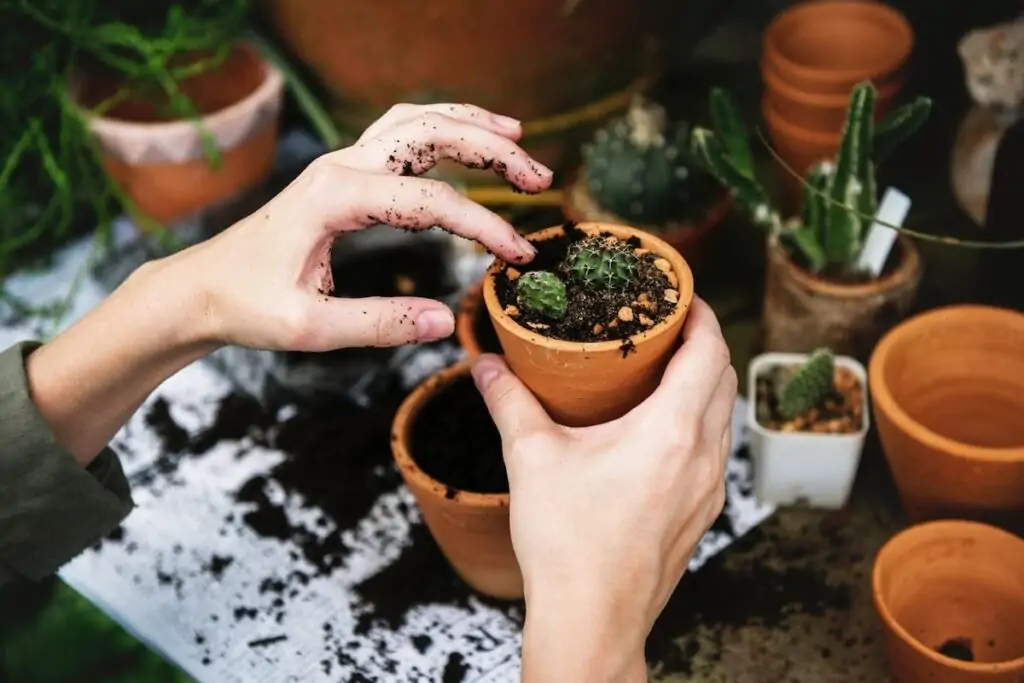
Propagation is another way to care for your succulents. It ensures that a pot does not become overpopulated. Propagation helps to maintain shape and improve your decoration. Last but not least, you get to grow new and fresh plants.
One of the better techniques is to propagate using the leaf or the stem. Plant your new cut in the soil and water it gently. It takes a while before the branch or leaves grow roots, but once there are roots, growth starts. You can pot many plants from one – an exciting feature of succulents.
FAQs
Below are a few frequently asked questions — and satisfactory answers.
There are many groups and species of succulents that are good for growing indoors. Among them are Christmas kalanchoe, Jade Plant, Pencil cactus, Zebra cactus, Christmas cactus, Aloe Vera, and String of bananas.
The most popular among the beginners in this list are Aloe vera and Jade plants. Their care routine is easy to follow. In addition, they grow healthy and colorful provided there is adequate light, especially from a window.
A succulent becomes leggy when it extends more than its usual length. There are several causes for this, such as reduced sunlight supply or intensity. The succulents grow longer in a bid to reach for more sunlight. This unusual growth makes them leggy.
In other cases, some succulents also become leggy after a few years of proper growth. It is a part of their standard growth curve. Propagating new stems to replace the old ones is a way to solve this issue.
Conclusion
Healthy plants growing indoors add class and nature to your indoor environment. It is a refreshing sight appreciated by virtually everyone. If you are a beginner, select the easy-to-care-for type of succulent like Aloe Vera. Follow the tips on how to take care of succulents indoors and ensure that your plant gets exactly what it needs. Once there is an adequate supply of sunlight (and no overabundance of other resources), your succulents will grow, maintain their color, and stay healthy.